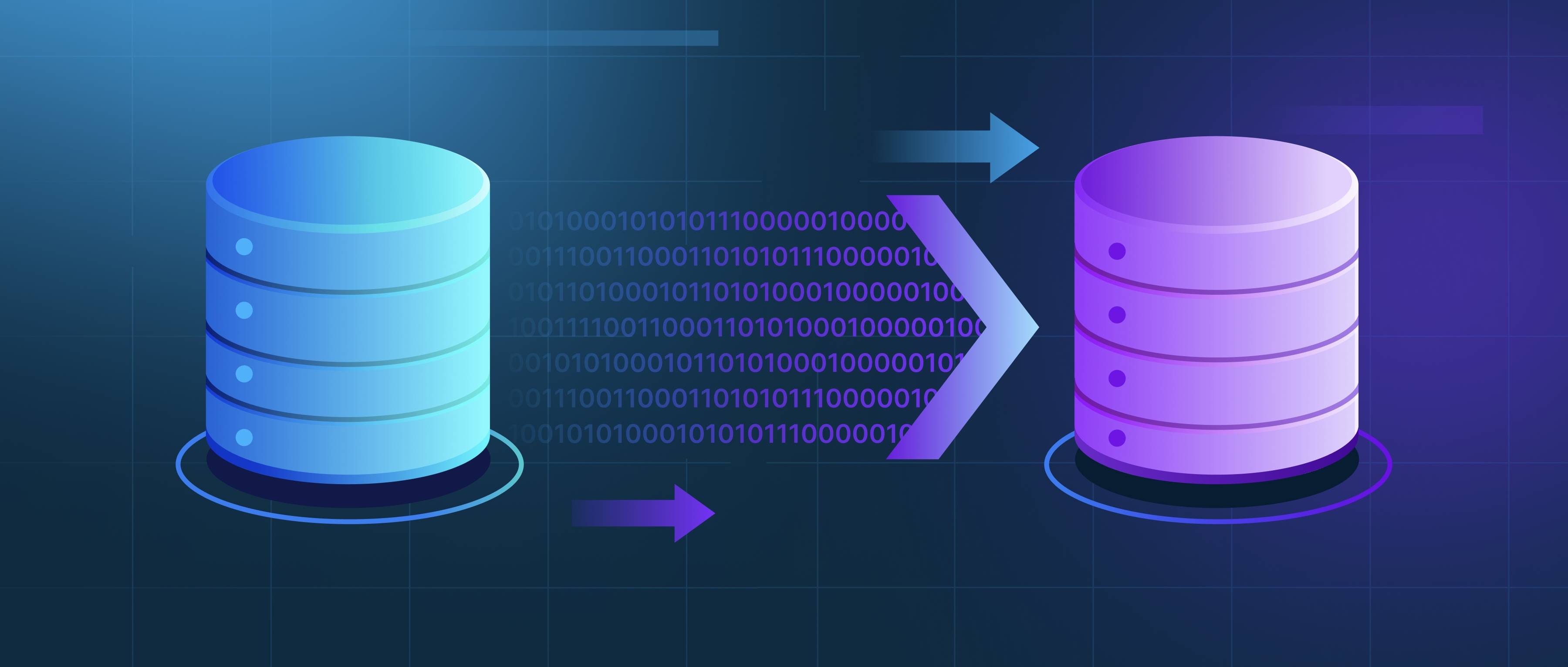To deploy LangChain in production for real-time applications, you first need to ensure that your application is properly structured to handle requests efficiently. This involves selecting a suitable environment for hosting, such as cloud services like AWS, GCP, or Azure, which can provide the necessary scalability to manage varying workloads. Start by containerizing your application using Docker, which simplifies deployment and ensures consistency across different environments. Once your application is containerized, you can use orchestration tools like Kubernetes to manage the deployment and maintain the application's health over time.
Second, consider implementing a robust API layer for your application. LangChain can typically be integrated with existing frameworks like FastAPI or Flask. Create endpoints that will receive requests, process them through LangChain, and return the results. It's important to optimize performance here, as real-time applications require low latency. You may need to adjust settings like batch processing of inputs, caching of responses, and asynchronous handling of requests to improve response times. Monitoring tools can also be integrated to track performance and uptime, helping you identify and resolve bottlenecks quickly.
Finally, ensure that your deployment pipeline is set up for continuous integration and continuous deployment (CI/CD). This helps in regularly updating your application with new features and bug fixes without downtime. You can use tools like GitHub Actions or Jenkins to automate testing and deployment processes. Also, pay attention to security, especially if your application handles sensitive data. Implement secure coding practices, such as validating inputs and using HTTPS, and regularly review and update your dependencies to protect against vulnerabilities. By following these steps, you can effectively deploy LangChain in a real-time production environment, ensuring both performance and security.
